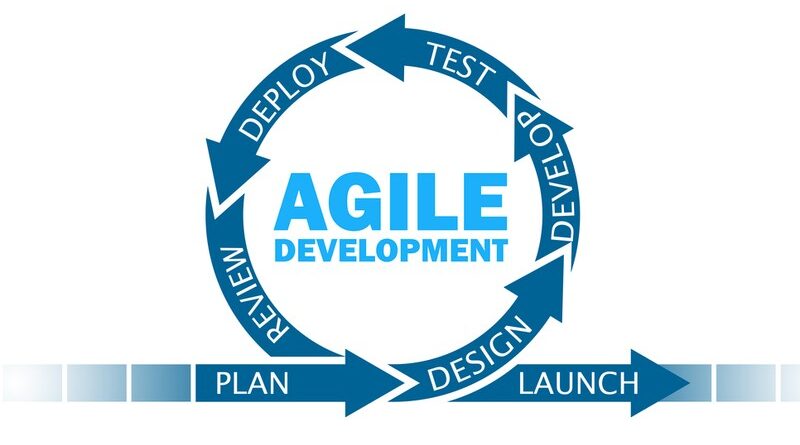What Is Agile Software Development
You may have heard of agile software development but what is it exactly This methodology for software development projects places an emphasis on adaptability and collaboration. With agile software development, requirements and solutions evolve through the collaborative effort of self-organizing cross-functional teams.
Compared to the waterfall model, agile software development is less risky and can handle changes much better. When changes happen (and they will), agile software development is able to adapt quickly unlike the waterfall model where changes are very difficult to implement. In addition, agile projects tend to be more successful overall due to the fact that there is continuous feedback and close collaboration between the teams working on the project.
How Agile Software Development Works
Agile software development focuses on four main values individuals and interactions over processes and tools; working software over comprehensive documentation; customer collaboration over contract negotiation; and responding to change over following a plan.
The key principle of agile software development is iterative and incremental development where requirements and solutions evolve through collaboration between self-organizing cross-functional teams. An iterative process means that the project will go through several cycles with each cycle building upon the results of the previous one. An incremental process means that new functionality will be added in each cycle. Together, these two processes allow for a much more flexible approach to software development.
The most popular framework for implementing agile software development is Scrum. Scrum is a lightweight framework that can be used for any complex product or system. The Scrum framework is designed to help teams work together effectively to reach their common goal.
Scrum is a type of Agile methodology that is widely used in software development. Scrum is designed to help teams work together more efficiently and effectively, and it can be especially helpful for complex projects. Scrum is based on three core principles: transparency, inspection, and adaptation. These principles help to ensure that all team members are aware of the project’s progress and that any problems can be quickly identified and addressed. Scrum also emphasizes the importance of constant communication and collaboration between team members. By working together more closely, Scrum teams can stay agile and adapt to changes more quickly. As a result, Scrum can help teams to complete projects faster and with better results.
Conclusion
If you’re looking for a more flexible and collaborative approach to software development, then agile software development is for you. With this methodology, requirements and solutions evolve through the joint effort of self-organizing cross-functional teams. If you’re thinking of implementing agile software development in your next project, be sure to check out the Scrum framework which can help you get started.




